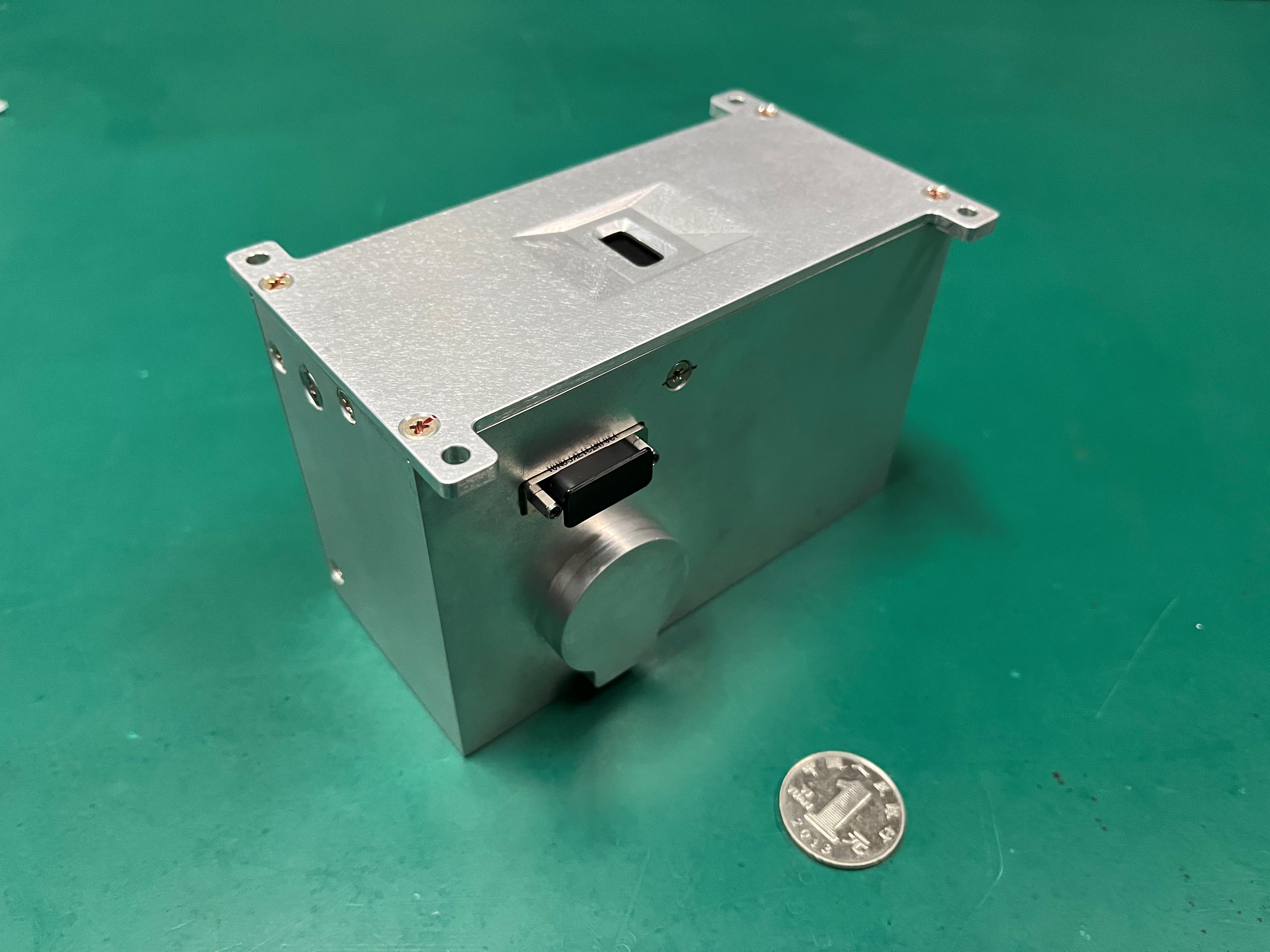A CCTV news report discloses some of the performance specs of the BeiDou navigation satellite system.
The system consists of 45 satellites, including 15 gen2 (BeiDou-2) and 30 gen3 (BeiDou-3). The precisions of horizontal and vertical positioning are 1.52 meters and 2.64 meters, respectively. Measurement precision of speed of movement is better than 0.1 meters per second. Time synchronization precision is at 20 nanoseconds or lower.
The satellite system is currently being upgraded live in orbit for newer software. The upgrade will take 3 more months to complete.
The system consists of 45 satellites, including 15 gen2 (BeiDou-2) and 30 gen3 (BeiDou-3). The precisions of horizontal and vertical positioning are 1.52 meters and 2.64 meters, respectively. Measurement precision of speed of movement is better than 0.1 meters per second. Time synchronization precision is at 20 nanoseconds or lower.
The satellite system is currently being upgraded live in orbit for newer software. The upgrade will take 3 more months to complete.
今天(7月31日),北斗三号全球卫星导航系统建成开通两周年。在过去的两年中,北斗三号系统运行稳定,已经在全球超120个国家和地区得到应用,向亿级以上用户提供服务。近期,为进一步优化北斗导航系统全球服务性能,确保导航服务更加安全、稳定、可靠,管理团队对北斗卫星系统进行了在轨软件升级工作。
北斗三号全球卫星导航系统,在轨运行服务卫星共45颗,包括15颗北斗二号卫星和30颗北斗三号卫星。当前北斗系统运行连续稳定,全球范围水平定位精度约1.52米,垂直定位精度约2.64米;测速精度优于0.1米/秒,授时精度优于20纳秒。



